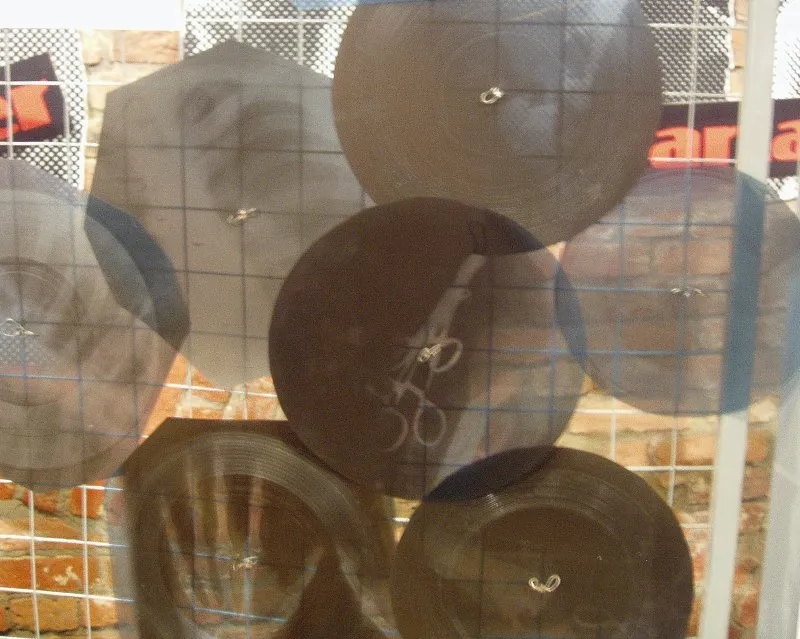When Rock Was Banned in the Soviet Union, Teens Took to Bootlegged Recordings on X-Rays
Teens snuck jazz and rock into the U.S.S.R. on records made of old x-rays
/https://tf-cmsv2-smithsonianmag-media.s3.amazonaws.com/filer/c7/96/c7962b2e-8a65-4dca-a856-1560e2cc73b5/rock_on_bones1.jpg)
Forget making mixtapes or burning CDs: if you were a teenager in the Soviet Union during the 1950s and you wanted to get your hands on the latest hot tunes coming out of the West, you probably picked up a "bone record."
As the Cold War picked up in the years after World War II, the Soviet Union clamped down on any music or art coming out of the West that officials deemed decadent or culturally corruptive. But despite the lockdown, a subculture of Soviet teens called the stilyagi were able to smuggle and share banned records by making their own out of old x-rays. Because the homemade records often still had old images of bones burned into them, they were called “music on the ribs,” or “bone records,” Eric Grundhauser writes for Atlas Obscura.
The stilyagi, or "style hunters" were basically the 1950s Soviet version of today’s hipsters: mostly in their teens and 20s, the stilyagi, stood out with their trendy, often loud clothing. And of course, like their contemporaries in Western Europe and the United States, they wanted to listen and dance to rock 'n' roll and jazz. But while sharing music these days is as easy as hitting share on Spotify, the stilyagi either had to brave the black markets to get their fix of Ella Fitzgerald or Elvis or press their own copies on whatever vinyl they could scrounge up, John Brownlee wrote for Fast Company.
At the time, vinyl, like many other materials, was scarce and difficult to get a hold of in stores and markets. But the stilyagi stumbled on a cheap and plentiful source of vinyl: old x-rays from hostpitals. While the vinyl sheets used to print x-rays were much flimsier than records, bootleggers trying to find ways of sharing new music realized that they could make cheap copies using standard wax disc cutters to duplicate smuggled records.

Bone records were certainly crude compared to real records: the sound quality wasn’t as good and each bone record could only hold one side of music. Record-makers had to cut the rough discs out of large vinyl sheets by hand and usually made the spindle holes by pressing a lit cigarette in the disc's center. But bone records were dirt cheap, only costing about one ruble while records smuggled in and sold on the black market often cost as much as five rubles – a huge difference at a time when lots of things were scarce and expensive, Brownlee wrote.
“Often these records held surprises for the buyer,” Artemy Troitsky wrote in Back in the USSR: The True Story of Rock in Russia. “Let’s say, a few seconds of American rock 'n' roll, then a mocking voice in Russian asking: 'So, thought you’d take a listen to the latest sounds, eh?', followed by a few choice epithets addressed to fans of stylish rhythms, then silence."
Bone record markets called roentgenizdat, or “X-Ray Press,” popped up across the Soviet Union, spreading subversive western music throughout the country. But by the end of the 1950s, the authorities had caught on: bone records were banned in 1958 and government officials busted up the roentgenizdat while encouraging Soviet teens to keep an eye out for friends sharing illegal records. While the bone record trade continued under the table for a few more years, lightened restrictions on foreign music and the popularity of reel-to-reel tape recorders during the 1960s made the makeshift records obsolete, Grundhauser writes.
Despite their cheap quality, some bone records have survived the decades – if you want to learn more about them and hear what music sounded like “on the bone,” check out the X-Ray Audio Project.